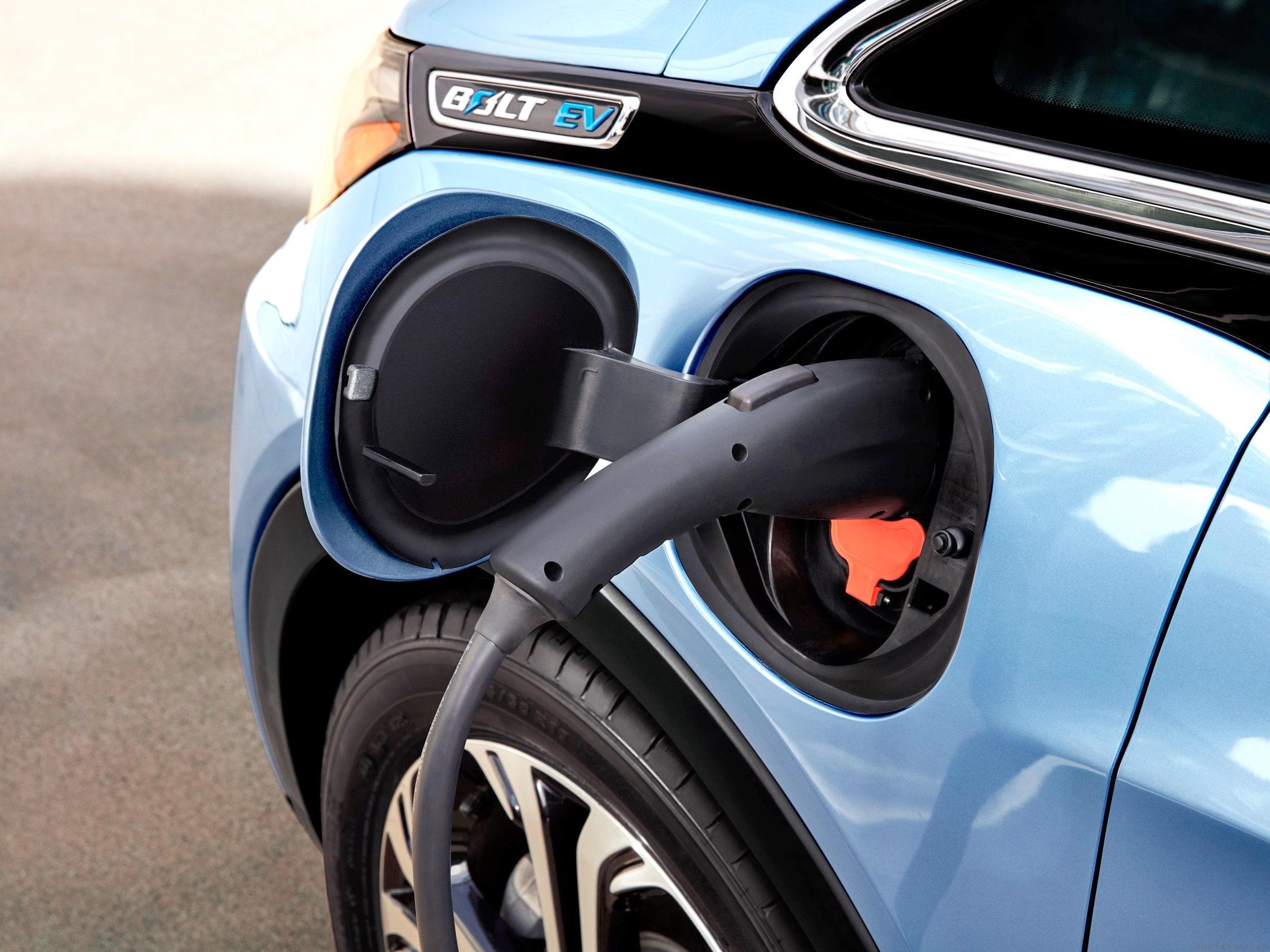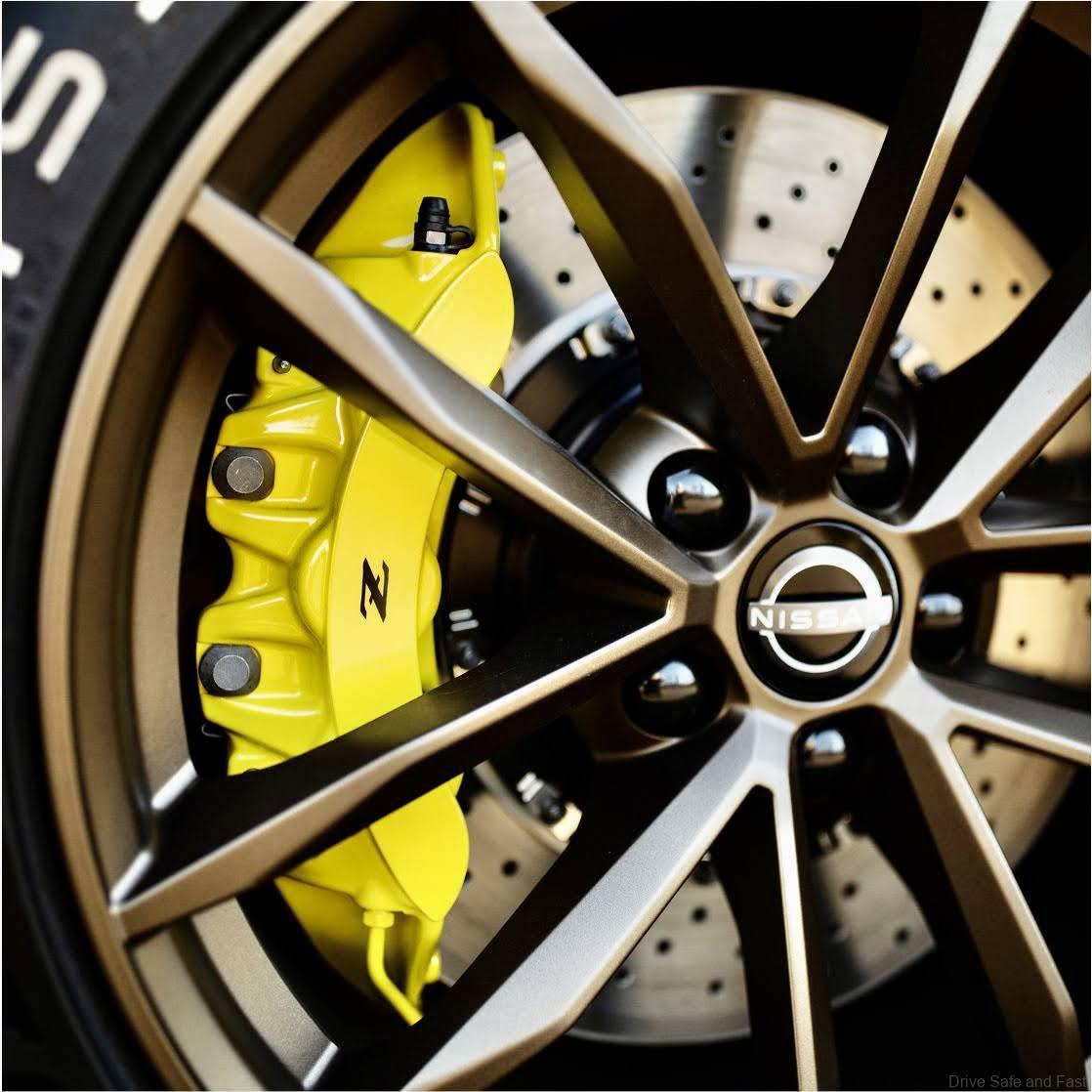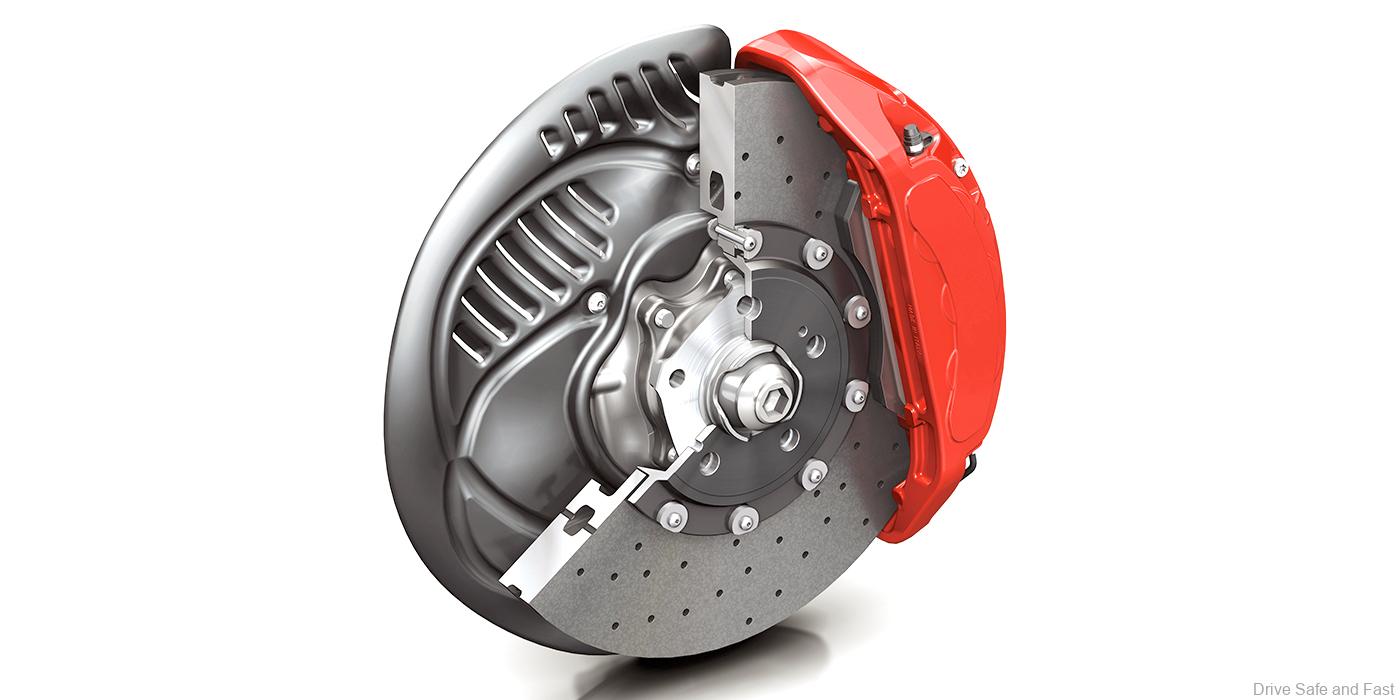This is to improve EV ride comfort
ACNNewswire reports that Hitachi Astemo, Ltd. has developed some systems to help improve ride comfort, power consumption and stability in electric vehicles (EVs). Among these systems is a prototype anti-jerk control system that improves ride comfort by reducing the back and forth jerking in EVs.
On top of that, Hitachi are also introducing a motor torque control (motor ABS) that improves electricity consumption, driving stability and maintaining manageable wheel slippage during EV regenerative braking on slippery surfaces. These systems could be game changers if they work as intended.
When a vehicle is decelerating, one usually regulates the braking force by loosening and tightening the brakes according to the current speed of the vehicle or else excessive jerking occurs. This causes discomfort while driving. Hitachi’s solutions with these systems will mitigate those problems by leveraging unique EV features.
What does this mean? Unlike an ICE vehicle where torque is a product of fuel combustion, in an EV, it is the result of the driver’s acceleration or deceleration. Some EVs also have regenerative braking which converts torque to electricity by reducing the motor’s rotation with torque and reducing braking force.
The system Hitachi developed suppresses jerking by controlling the amount of torque to optimize the braking power of the motor when the driver releases the accelerator pedal in an EV. In essence, this system allows even the most inexperienced drivers to smoothly bring their vehicle to a stop with minimal jerking and maximum comfort.
As for the second system from Hitachi, regenerative braking can cause tyres to slip on icy roads but removing this feature will result in worse electricity consumption in an EV. Thus Hitachi’s motor torque control technology controls the amount of torque stopping the motor instead of stopping the regenerative braking altogether.
With this, an EV can continue to utilize its regenerative braking to conserve and regenerate electricity even when decelerating while controlling tyre slippage and stabilizing drive conditions. This allows for both conservation of electricity and safety at the same time which is what regenerative braking should have been from the start.
These two newly developed technologies will contribute to OEM’s EV development by combining safety, performance and sustainability.
Thank you ACNNewswire for the information and images. Their full article is linked here.




